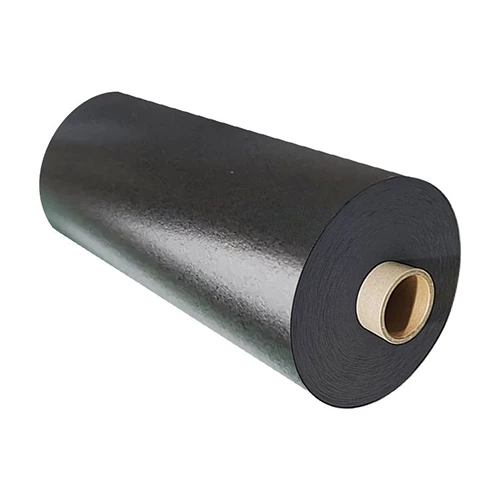+86 - 158 7555 3143
Rigid foam is a polyurethane foam, polyurethane (PU) foam can provide rigid support for design gaps, and rigid polyurethane foam material is stiff and has excellent resistance to compression deformation, maintaining integrity and effectiveness even after long-term exposure to changing temperatures. Ideal for use in extreme environments that may have to be dealt with. This includes all types of applications where heat, vibration, dust, dirt, and shock are present. Also provides long-term stability in gap filling, gasketing, and sealing applications for sensitive and vulnerable devices, preventing damage to the device under pressure.

Rigid foam features
Rigid foam applications
Rigid polyurethane foam has outstanding resilience, good damping and impact absorption properties, and an excellent waterproof sealing effect. It has a wide range of hardness and thickness options and is easy to compress. It is widely used in sealing and cushioning for new energy vehicles, electronic devices, and the interiors of aerospace and rail vehicles.
Rigid polyurethane foam is a high-energy impact rigid foam material with a stiff texture and resistance to compression permanent deformation that provides vibration and impact performance. This durable material maintains its integrity and effectiveness even when exposed to changing temperatures for long periods of time. It can withstand temperatures as high as 150°C and as low as minus 40°C. It also plays an irreplaceable role in the die-cutting of electronic parts.
Rigid polyurethane foam maintains its integrity and effectiveness in gap-filling, lining, and vibration isolation applications. It can meet the requirements for fixing and sealing smooth parts of various components and is suitable for non-structural fixing and sealing of light and small materials. Rigid polyurethane foams are ideal for applications where flexibility is important.
Characteristics
Main applications